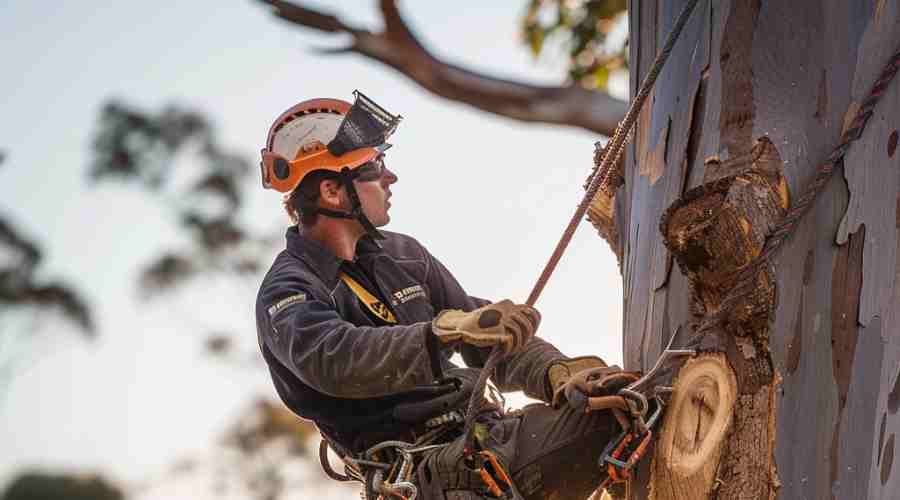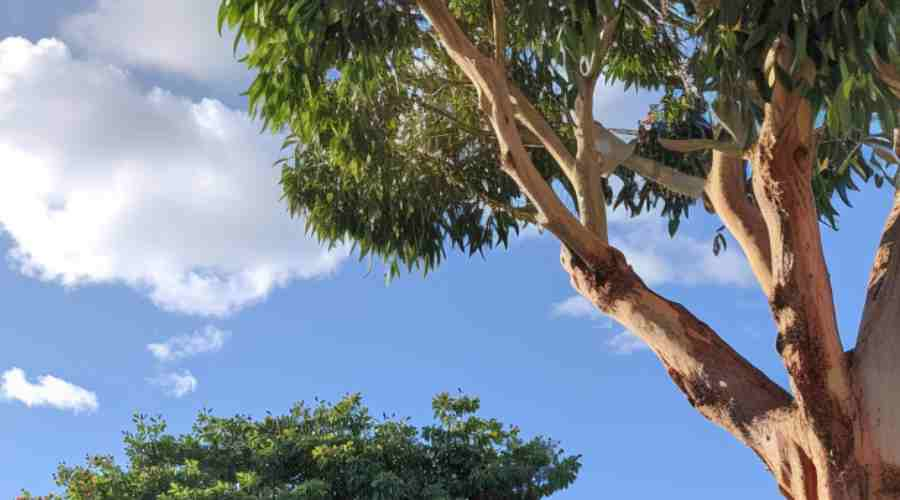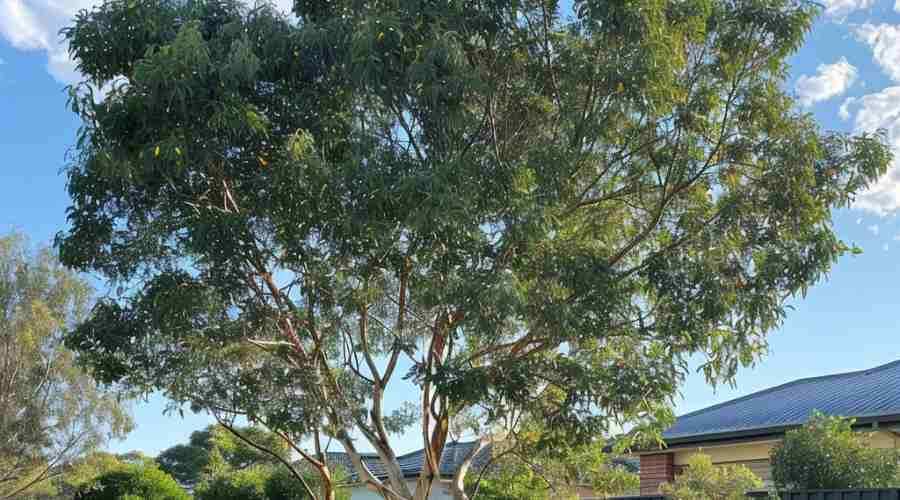The Environmental Impact of Tree Removal
How Taking Down Trees Affects the Environment
Removing trees can have a significant impact on the environment if not done responsibly. This article will discuss the key factors to consider before removing trees, best practices for sustainable tree removal, the importance of replanting, professional guidelines, and frequently asked questions around this topic.
Why Tree Removal Matters for the Environment
Trees provide many environmental benefits, including producing oxygen, capturing carbon dioxide, preventing soil erosion, providing wildlife habitats and promoting biodiversity. Indiscriminate tree removal diminishes these benefits and can negatively impact ecosystems. Careful consideration is needed to balance development needs with environmental sustainability.
Environmental Impact of Tree Removal
Removing trees has a negative effect to the environment in several ways:
Soil Erosion
Without the anchoring effects of tree roots, soils become destabilised. Rainfall rapidly erodes unsecured sediment and nutrient-rich topsoil gets washed away into nearby waterways. Over time, this erosion also gradually depletes the remaining soil of its productive capacity to support plant life, as more sand and clay are exposed with less organic fertility. Uncontrolled drainage issues start developing, with soils becoming either too dry or overly saturated with moisture.
Loss Of Habitat
Beyond just the felled tree itself disappearing, the shelter, food sources, and ecosystem services they provide also vanish. Birds and squirrels largely rely on mature tree cavities for nesting spots to safely raise their young. The fruits, seeds and nuts produced by certain tree types are critical diet staples sustaining wildlife from deer to bears. Eliminating these habitats fragments and isolates animal communities. Competition becomes fiercer in narrowed niches for the species that manage to adapt, while more sensitive plant species and animal species relocate or die off.
Reduced Air Quality
Through the process of photosynthesis, trees actively filter dust, pollutants and other airborne particulates from the atmosphere, improving air quality and respiratory health. A single mature tree can supply enough oxygen for ten people annually. Slashing tree numbers drastically curtails an area’s natural air filtration abilities. More smog, chemicals and smoke become trapped, leading to more air pollution-related health issues in local populations.
Higher Carbon Emissions
Over hundreds of years, forests efficiently capture and store atmospheric carbon in their biomass as trees grow. A typical mature hardwood holds one ton of sequestered carbon dioxide by adulthood. Eliminating them releases all that captured greenhouse gas back into the environment as they decompose. This significantly contributes to global warming patterns and climate change acceleration as carbon levels rise.
Increased Flooding
Like a canopy shield, leaves and branches intercept rainfall before it hits the ground, allowing time for absorption and controlling runoff velocity. Meanwhile, root structures create small dams and channels to spread out and contain water cycle movement. Removing dead trees strips away these inherent hydrological control functions. More rainfall directly bombards soil in heavy downpours, leading to excess volumes overflowing riverbanks and floodplain capacity during storms.
Higher Temperatures
Through the natural process of evapotranspiration from leaf surface area, established trees release moisture into the air creating a localised cooling effect. Their shadows also block incoming solar radiation at ground level. Without these insulation mechanisms in place, urban heat islands emerge – with asphalt-dominated neighborhoods registering summer temperatures up to 10°F hotter than treed parks or suburban areas. Heat waves become more intense and last longer each season.
Loss of Biodiversity
Beyond just trees themselves, untold fungal, microbial and botanical lifeforms have co-evolved together over millennia in established forests. Birds distribute seeds, plants support rare butterfly larvae, deadwood nourishes legions of insects working together in self-supporting circulation. Removing hub trees collapses these synergistic relationships, often to the point of no recovery. Each ecological niche may be occupied in itself, but biodiversity disappears because connections are lost in the absence of keystone tree species.
Factors to Consider Before Removing Trees
Before removing any trees, several factors should be evaluated:
Tree Health
If a tree is diseased, dying, or poses a safety risk, removal may be necessary. An arborist can assess a tree’s condition to determine if its health warrants removal.
Species Type
Removing native tree species can significantly disrupt local ecosystems that depend on them. Prefer native species removal only when absolutely necessary.
Tree Age and Size
Large, mature trees contribute greater environmental benefits over many decades. Prioritise preserving older growth trees when possible.
Location and Purpose
Think critically about the removal purpose. Are alternatives like trimming branches or relocating possible? Consider impact on soil stability, existing wildlife, and canopy cover.
Best Practices for Sustainable Tree Removal
If tree removal is unavoidable, sustainable practices can mitigate environmental impact:
Planning Removals Strategically
Group removal projects to lessen fragmented clearances and prioritise non healthy trees. Schedule outside critical wildlife breeding seasons.
Preserving Root Systems and Soil
Where feasible, extract the tree while leaving the majority of roots intact to hold soil. Avoid excavation damage to surrounding trees.
Reusing Removed Trees
Salvage wood for lumber, mulch, habitat piles, or biofuel instead of landfilling trees.
Transplanting Replacement Trees
Uproot native trees in the same area per local ordinance requirements to replace canopy cover. Maintain species diversity.
Importance of Replanting After Tree Removal
It helps:
- Restore oxygen generation and carbon dioxide capture
- Stabilise loosened soil and prevent erosion
- Replace removed habitat for wildlife and sources of food
- Maintain canopy cover and temperature regulation
- Uphold aesthetic environment character
Experts recommend replacing removed mature trees at ratios up to 3:1 with endemic species. An urban forest management plan guides appropriate relocation.
Professional Guidelines for Tree Removal Operations
Licensed arborists and tree care professionals follow best practice standards for responsible removal:
- Evaluating tree health and risk factors before removal
- Using equipment that minimises soil compaction
- Applying mulch to protect soil health
- Adhering to regulations like harvesting size limits and replanting requirements
- Leaving some high stumps for wildlife habitat
- Removing debris to prevent disease and pest outbreaks
Homeowners should hire qualified specialists, not tackle tree removal alone. Expert based removals better account for long-term environmental impacts.
FAQ
How long does it take for replanted trees to provide meaningful benefits?
Typically 10-20 years for newly planted trees to reach carbon sequestration parity with removed mature trees. Larger saplings may reach equivalency within 5-10 years.
Does tree removal always negatively impact the environment?
Responsible removals balancing ecological factors with reasonable development needs have less impact. Clearing land recklessly without thinking about ecological balance destroys more.
What species should I replant after removing trees?
Consult local tree ordinances, but typically aboriginal species with site-appropriate characteristics are recommended by professional arborists.
How can I offset my tree removal impact?
Replant per ordinance requirements, utilise removed wood, compost leaves onsite, install rain gardens to reduce storm runoff, and fund urban forestry efforts.
Conclusion
Tree removal disrupts vital processes like temperature regulation and prevents flooding. Following best practices to replant, reuse wood, and compensate for losses can balance development needs with sustaining healthy urban forests. Consulting experts guides responsible tree removal that reduces environmental impacts.



